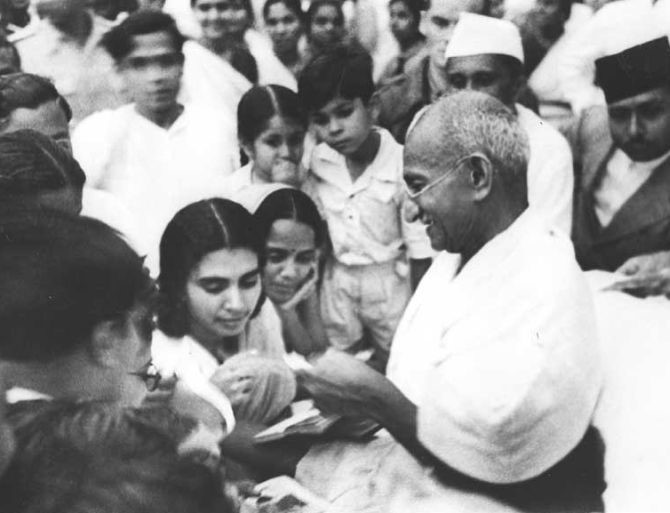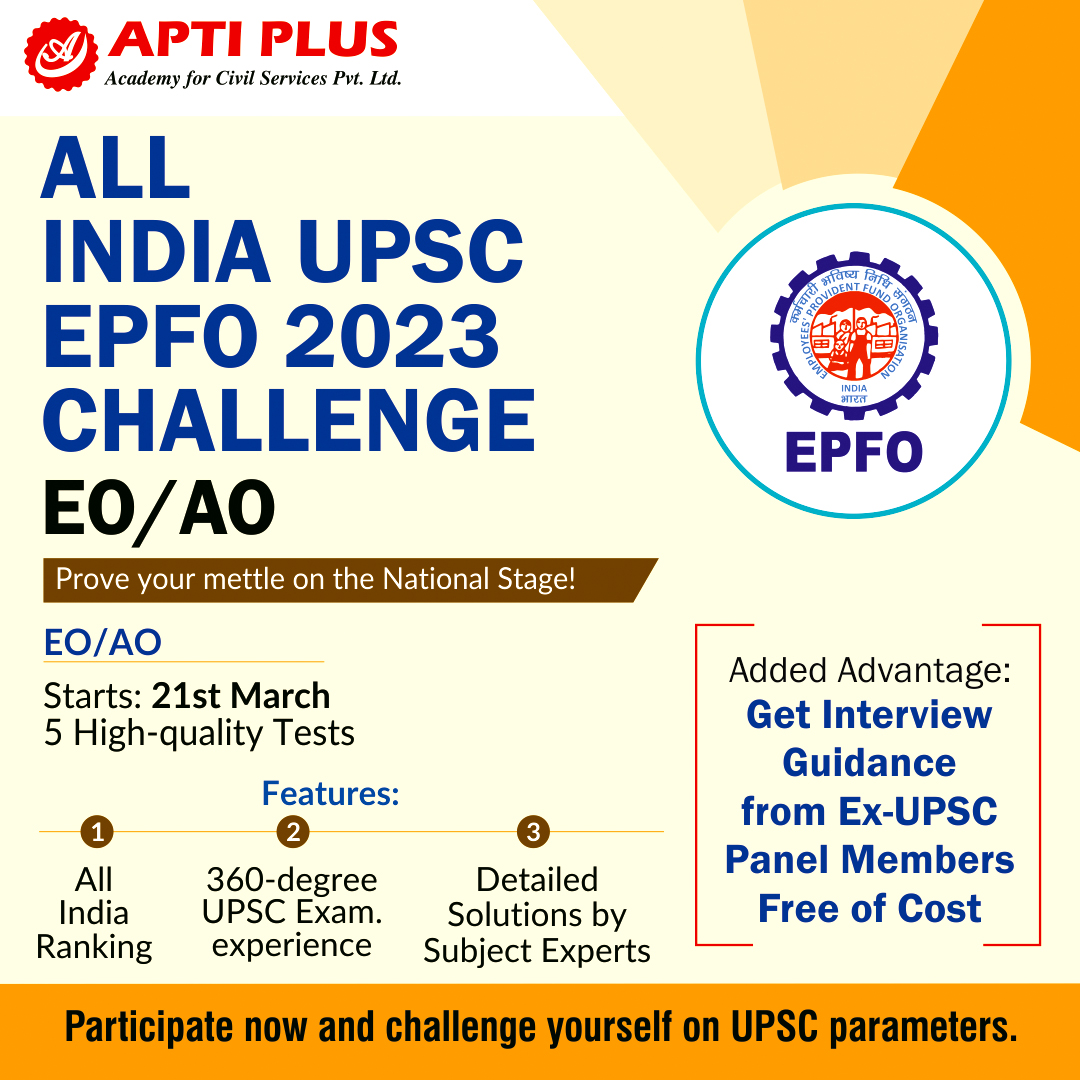Description

Disclaimer: Copyright infringement not intended.
Context
- Tamil Nadu Chief Minister announced that the government was planning year-long events to commemorate the Vaikom Satyagraha that was launched to end caste discrimination in a local temple a century ago.
Vaikom Award
- The award would be given to eminent personalities or organisations that worked for the welfare of oppressed sections beyond the State borders.
- It would be awarded on Periyar E.V. Ramasamy’s birth anniversary on September 17, which is also being observed as Day of Social Justice by Tamil Nadu.
- Periyar was among the leaders who took part in the movement and went on to earn the title ‘Vaikom Veerar’.
About Periyar
- Erode Venkatappa Ramasamy, revered as Periyar was an Indian social activist and politician who started the Self-Respect Movement and Dravidar Kazhagam.
- He is known as the 'Father of the Dravidian movement'.
- He rebelled against gender and caste inequality in Tamil Nadu.
- Since 2021, the Indian state of Tamil Nadu celebrates his birth anniversary as 'Social Justice Day'.

Role in national movement and social welfare
- Ramasamy joined the Indian National Congress in 1919, but resigned in 1925 when he felt that the party was only serving the interests of Brahmins.
- In 1924, Ramasamy participated in non-violent agitation (satyagraha) in Vaikom, Travancore.
- In 1939, Ramasamy became the head of the Justice Party, and in 1944, he changed its name to Dravidar Kazhagam.
- The party later split with one group led by C. N. Annadurai forming the Dravida Munnetra Kazhagam (DMK) in 1949.
- While continuing the Self-Respect Movement, he advocated for an independent Dravida Nadu.
- Ramasamy promoted the principles of rationalism, self-respect, women’s rights and eradication of caste.
- He opposed the exploitation and marginalisation of the non-Brahmin Dravidian people of South India and the imposition of what he considered "Indo-Aryan India".
About Vaikom Satyagraha
- Vaikom Satyagraha, from 30 March 1924 to 23 November 1925, was a nonviolent agitation for access to the prohibited public environs of the Vaikom Temple in the Kingdom of Travancore.
Causes
- Kingdom of Travancore was known for its rigid and oppressive caste system and hence Swami Vivekananda called Travancore a "lunatic asylum".
- The campaign, led by Congress leaders T. K. Madhavan, K. Kelappan and K. P. Kesava Menon, was noted for the active support and participation offered by different communities and a variety of activists.
- Most of the great temples in the princely state of Travancore had for years forbidden lower castes (untouchables) not just from entering, but also from walking on the surrounding roads.
The movement
- The agitation was conceived by the Ezhava Congress leader and a follower of Sri Narayana Guru, T. K. Madhavan.
- It demanded the right of the Ezhavas and 'untouchables' to use roads around the Vaikom Temple.
- Mahatma Gandhi himself visited Vaikom in March, 1925.

Reach of the movement
- The movement was backed by Gandhiji, Chatampi Swamikal, and Sree Narayana Guru.
- The campaign gained popularity throughout India, and supporters arrived from around the country.
- Punjab’s Akalis helped by establishing kitchens to feed the Satyagrahis.
- Even Muslim and Christian authorities backed the initiative.
Impact
- Travancore government eventually constructed new roads near the temple for the use of lower castes.
- The roads, however, kept the lower castes adequately away from the near environs of the Vaikom Temple and the temple remained closed to the lower castes.
- After the intervention of Mahatma Gandhi, the agitation was given up and a compromise reached with Regent Sethu Lakshmi Bayi who released all those arrested and opened the north, south and west public roads leading to Vaikom Mahadeva Temple to all castes.
- Only in 1936, after the Temple Entry Proclamation, was access to the eastern road and entry into the temple allowed to the lower castes.
- Vaikom Satyagraha markedly brought the method of nonviolent public protest to Kerala.
- This was the first time in Kerala that an organised effort for the fundamental rights of untouchables and other backward castes was carried out on such a large scale.
- It became India’s principal human rights campaign.
- The Satyagraha movement became a trial ground for significant methodologies such as Satyagraha.
- It instilled reason in the people.
|
PRACTICE QUESTION
Q) Discuss the significance of the Vaikom Satyagraha in national movement and social welfare. (150 words)
|

https://epaper.thehindu.com/ccidist-ws/th/th_delhi/issues/30671/OPS/GC7B28HSL.1.png?cropFromPage=true















